Nova oil field, formerly known as Skarfjell, is an oil discovery located in the North Sea, Norway.
Situated in the PL 418 production license, the field also has a possible extension into the production license PL 378, which is owned by Wintershall Norge (75.8%) and Capricorn Norge (24.2%).
Wintershall Dea holds 45% stake in the project, while Cairn Energy’s subsidiary Capricorn Norge, Spirit Energy, and Edison Norge, hold 20%, 20%, and 15%, respectively.
Development plan for the Nova oil field was submitted by Wintershall Norge and partners in February 2017. The plan for development and operation (PDO) was submitted to the Ministry of Petroleum and Energy in May 2018 and the same was approved in October 2018.
Project Gallery
-
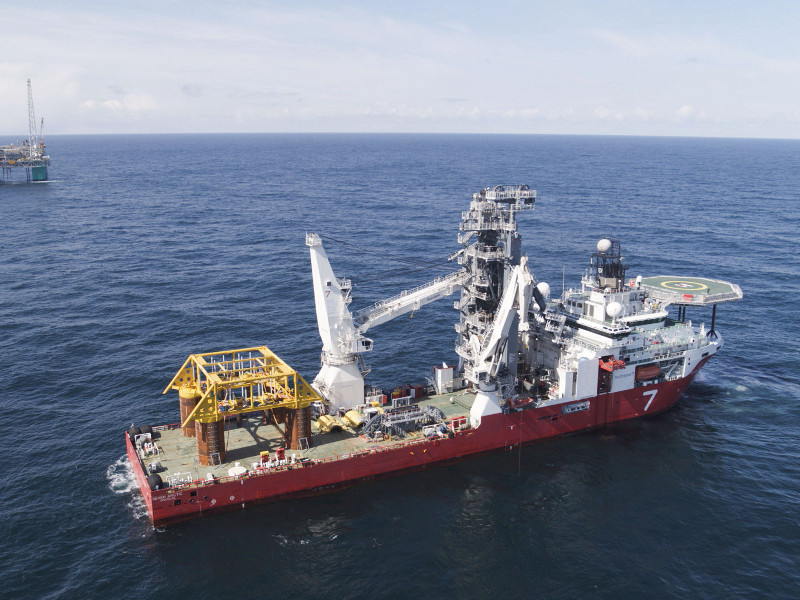
The recoverable reserves of the Nova oil field are estimated at 80 million barrels of oil-equivalent. Image courtesy of Wintershall DEA.
-
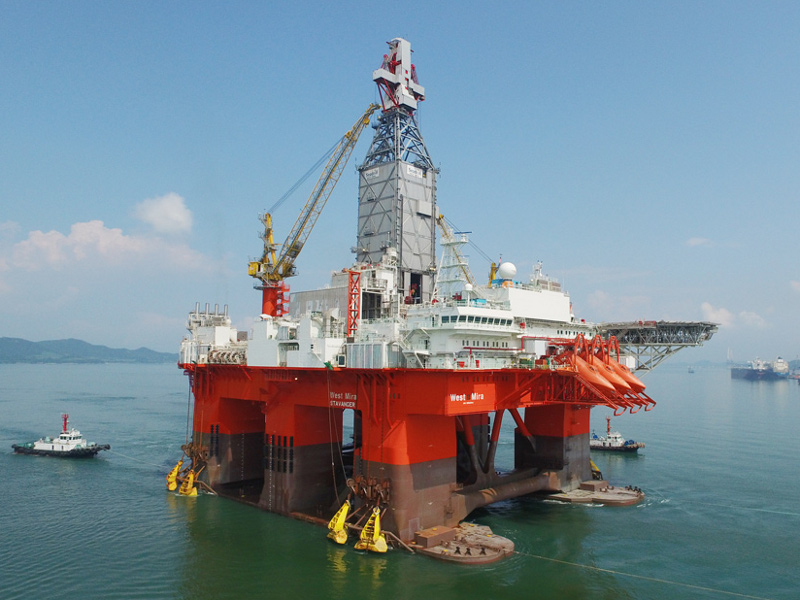
West Mira drilling rig, owned by Seadrill Norway Operations, will be used for drilling activities at the Nova project. Image courtesy of Wintershall DEA.
-

The Nova oil field located in North Sea, Norway. Image courtesy of Wintershall DEA.
-
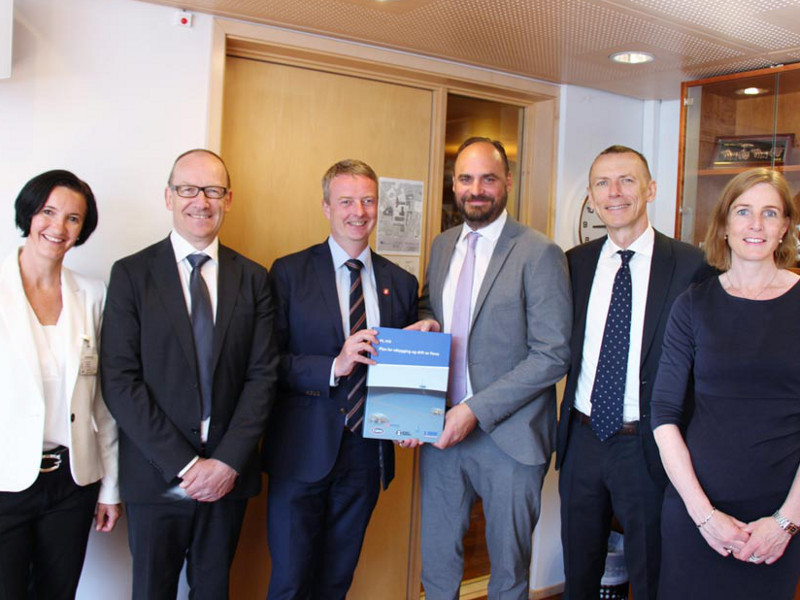
The plan for development and operation (PDO) of the Nova project was approved in October 2018. Image courtesy of Wintershall DEA.
-
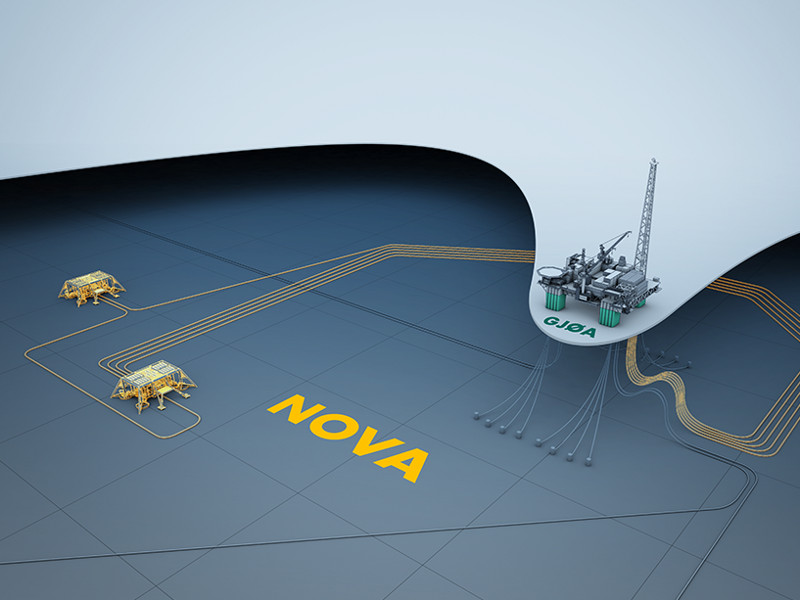
Aker Solutions is providing subsea production system (SPS) for the project. Image courtesy of Wintershall DEA.
-
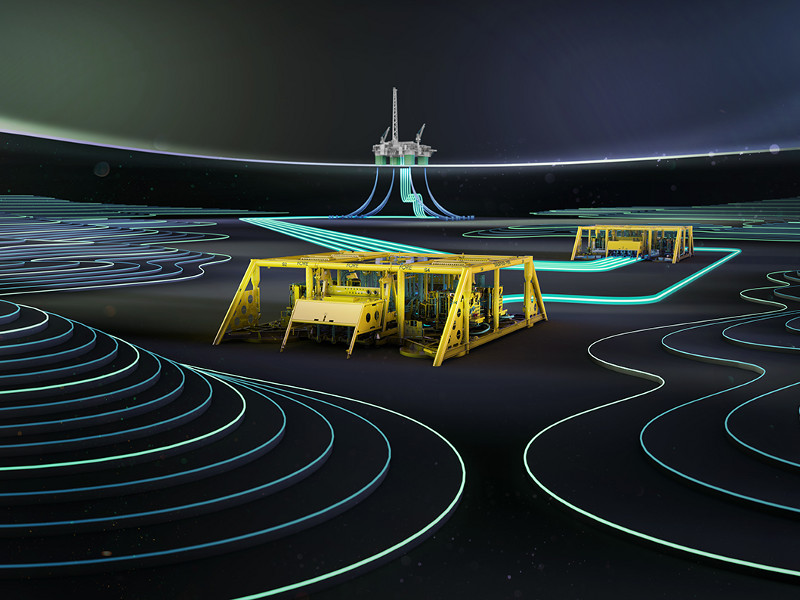
The Nova oil field is expected to start production in 2021. Image courtesy of Spirit Energy.
The oil field is being developed with an investment of NKR9.9bn ($1.1bn) and is expected to start production in 2021. The field is expected to produce for approximately nine years.
Nova oil field location, discovery, and reservoir details
Nova oil field is located in Quadrant 35 area in the northern part of the Norwegian North Sea, approximately 17km south-west of the Gjøa field and 120km north-west of Bergen.
It was discovered in February 2012 by drilling 35/9-7 wildcat well using Songa Delta rig to a vertical depth of 2,976m.
The reservoir is 2,500m-deep and consists of oil with a gas cap in the sandstone of Late Jurassic age in the Heather Formation of the Viking Group. It is made up of three segments namely Main, South East, and East, of which the Main segment hosts majority of the reserves as identified in the PDO.
Nova oil field reserves and appraisal details
The Norwegian field is estimated to contain recoverable reserves of approximately 80 million metric barrels of oil-equivalent (Mmboe).
Nova oil field was appraised by drilling two appraisal wells namely 35/9-8 and 35/9-10 S, using Transocean Arctic rig.
The drilling of 35/9-8 appraisal well in April 2013 identified the presence of thicker reservoir and also penetrated the oil water contact. The 35/9-10 S well was drilled in November 2013.
The well 35/9-10 S was drilled to appraise the south-east flank of the 35/9-7 Nova oil discovery, with an aim to identify additional oil reserves in the Late Jurassic Intra Heather Sandstones.
The 35/9-10 A well was completed in January 2014 using Transocean Arctic rig, which encountered a 59m high-quality gas column in the upper Intra Heather sandstone.
Nova oil field development details
Nova oil field is being developed as a subsea tie-back to the Gjøa platform operated by Neptune Energy. The produced oil and gas will be transported by 65km-long pipelines to the Gjøa platform for processing and exporting.
The planned development consists of two 4-slot subsea templates, one for oil production and one for water injection, tied-back to the Gjøa platform. The two templates were installed in May 2019.
Future works include the installation of three production wells and three injection wells.
The project also has the flexibility to accommodate one additional subsea template, with four wells.
The field development will also comprise two pipes in pipe production flowlines, riser base structures, a water injection pipeline, and a gas lift pipeline.
Contractors involved
Aker Solutions was awarded the contract for the supply of subsea production system (SPS), umbilicals, and services for the Nova field development, in February 2018.
Subsea 7 Norway was awarded the pipeline and subsea construction (PSC) contract. The contract includes design, procurement, and installation of four pipelines to connect the Nova field with the Gjøa field.
Seadrill Norway Operations agreed to provide the West Mira drilling rig for drilling subsea wells at Nova.
Details of the Gjøa processing facility
Gjøa is a floating semi-submersible facility with a production and export capacity of 87,000 barrels of oil and 17 million cubic metres of gas a day.
The Gjøa platform will be installed with a 1,000t topside module to accommodate the Nova production. It will also feature an umbilical and riser to enable gas lift and water injection required for the extraction of hydrocarbons.
The processed oil will be forwarded to Mongstad through the Troll Oil Pipeline II (TOR II). Gas produced at the field will be exported to St Fergus, UK, using the Far North Liquids and Associated Gas System (FLAGS) pipeline.
